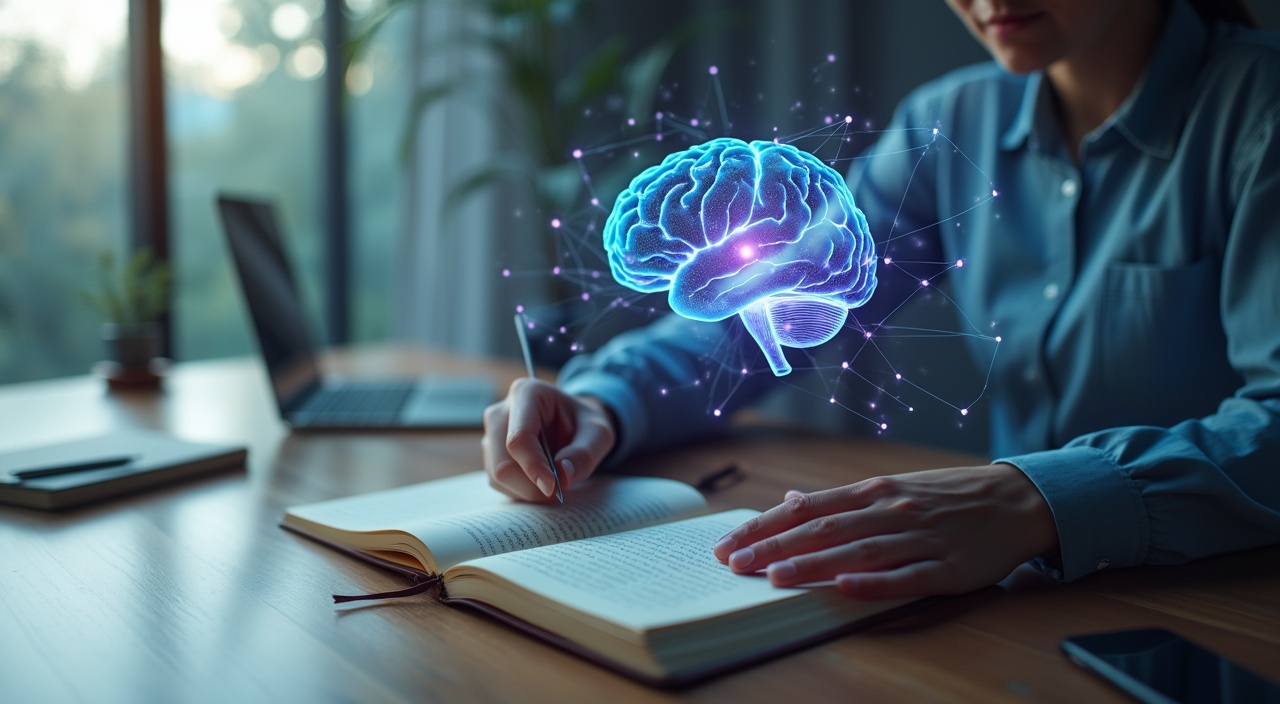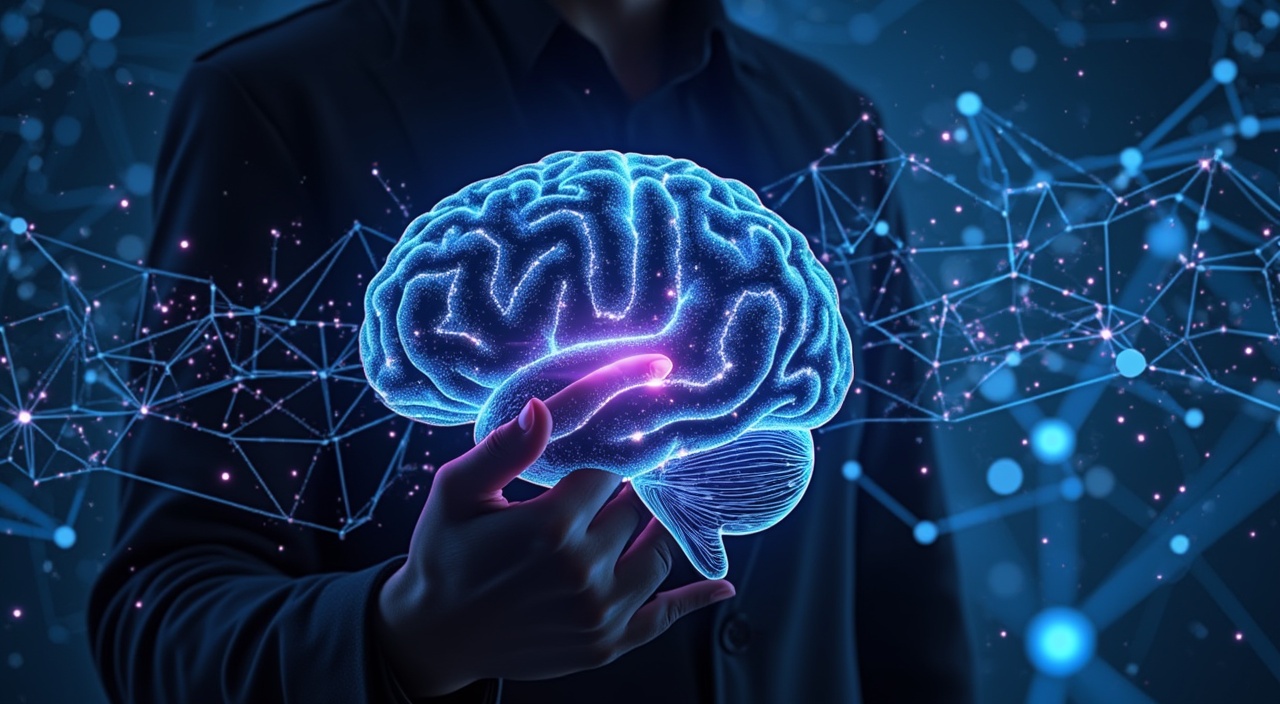The AI revolution is transforming our work, replacing app chaos with a unified, intelligent digital workspace. Through natural language processing and smart integration, I can now consolidate my fragmented digital life into a single, adaptive “digital brain” that understands context and streamlines productivity.
Key Takeaways:
- Context-switching between apps wastes up to 40% of work time, costing U.S. businesses $37 billion annually in lost productivity
- AI-driven workspaces can automatically connect and process information from multiple platforms without manual data entry
- Natural language processing allows users to query information using conversational language instead of complex search methods
- By 2030, 80% of project management tasks are expected to be automated, signaling a massive workplace transformation
- Successful AI implementation requires a measured approach, starting with active projects and expanding organically
The App Overload Nightmare
Picture this: You start your Monday morning checking Slack, then jump to Asana for project updates, switch to Google Drive for files, hop over to Zoom for meetings, and bounce between Notion, Monday.com, and three other platforms before lunch. Sound familiar?
Here’s what most people don’t realize about our current productivity obsession. The average knowledge worker now juggles between 9 to 15 different productivity apps every single day. That’s not streamlining work—that’s creating digital chaos.
The Hidden Cost of App Addiction
Strange but true: All those “productivity” tools are actually killing your productivity. Research shows we’re losing up to 40% of our work time just switching between applications. Every transition costs mental energy. Every new login demands cognitive bandwidth you don’t have to spare.
For U.S. businesses, this app-switching madness translates to $37 billion in lost productivity annually. That’s billion with a B.
Why Your Brain Wasn’t Built for App Juggling
Your information sits trapped in disconnected silos. Monday’s brilliant insight lives in Notion. Last week’s client conversation hides in Slack. The presentation you need? Buried somewhere in Google Drive.
This constant context-switching creates cognitive overwhelm. Your brain burns through glucose reserves trying to remember which app holds what information. The result? Mental fatigue that makes even simple decisions feel impossible.
The good news? A solution exists that could change everything about how you work. Instead of managing fifteen different digital tools, AI agents are transforming how entrepreneurs approach productivity by creating a unified digital workspace that thinks alongside you.

Your Digital Brain: The Ultimate Productivity Solution
Your scattered digital life just got a makeover. Instead of jumping between fifteen different apps like a caffeinated kangaroo, you can consolidate everything into one AI-driven workspace.
The Power of Consolidation
Picture this: Your tasks, notes, communication, and research all living under one roof. Building a custom GPT becomes part of creating your unified command center. Tools like Notion AI, Perplexity AI, and Ayoa make this possible by creating what I call a “digital brain.”
Natural Language Processing Changes Everything
Here’s where it gets interesting. Your digital brain doesn’t just store information—it understands it. Natural language processing lets you ask questions like “Show me last month’s client feedback about the pricing project” instead of hunting through folders and tags.
I’ve watched entrepreneurs harness automation to transform their work environments. The unified information management approach means you’re not context-switching between platforms every three minutes. Your brain stays focused, your productivity soars, and your stress levels drop.

AI’s Technical Magic: How Your Digital Brain Works
Your AI assistant doesn’t just read words—it understands intent. Natural language processing analyzes context, tone, and meaning behind your requests. I’ve watched clients transform their workflow when they discovered their AI agents don’t replace them but change what it means to be productive.
The magic happens through seamless data ingestion. Upload Word documents, PDFs, Excel spreadsheets—your digital brain processes everything instantly. No manual data entry required.
Smart Integration Features
Your AI connects existing tools without friction:
- Slack conversations become searchable knowledge
- Google Drive files auto-sync with AI memory
- Calendar events trigger intelligent reminders
- Task management adapts to your patterns
Generative Thinking Power
Traditional apps force linear workflows. Your AI supports nonlinear thought processes, connecting disparate ideas and surfacing relevant information when you need it. This conversational approach mirrors how your brain actually works—making associations and drawing connections across different contexts and timeframes.

Productivity Superpowers Unleashed
Stop switching between seventeen different apps. I learned this the hard way after burning through countless productivity tools that promised everything and delivered chaos.
The Context-Switch Time Sink
Context-switching devours 4 hours weekly from your schedule. Picture this: you’re drafting a proposal in one app, checking data in another, then jumping to email for approval. Your brain hits the brakes at every transition. A unified knowledge base eliminates this productivity killer by keeping everything connected and cross-referenced.
Team Collaboration Gets a Brain Boost
Real-time AI tools transform how teams work together. Natural language interfaces let everyone access information without learning complex systems. Your marketing intern can query the same database as your CFO using plain English.
Strange but true: Teams save 475 working hours annually per member by consolidating their digital workflow. That’s nearly 12 work weeks back in your pocket.
The good news? You don’t need a computer science degree to benefit. AI automation speaks your language now.
Building Your Digital Brain: A Step-by-Step Guide
I’ve watched countless businesses stumble at this crucial step. They pick platforms based on flashy features instead of their actual needs.
Start with your workflow reality check. How do you currently capture information? Do you need real-time collaboration or solo deep work? Your platform should match your natural patterns, not force you into new ones.
Platform Selection Made Simple
The most effective AI implementation strategies begin with honest self-assessment. Consider these factors when choosing your digital brain platform:
- Storage capacity and search capabilities that grow with your needs
- API connections to your existing tools and workflows
- Mobile access that actually works (test it first)
- Export options that prevent vendor lock-in
Migration Without the Migraine
Here’s the twist: don’t migrate everything at once. I learned this lesson the hard way after spending weeks recreating years of notes.
Begin with active projects only. Your brain platform should immediately prove its worth, not become another data graveyard. Set up automated feeds from your most-used sources first.
Productivity tools work best when they integrate seamlessly with existing habits.
Connect your email, calendar, and primary work applications. The magic happens when information flows automatically between systems. Your digital brain becomes smarter as it learns from your patterns.
Strange but true: the most successful implementations I’ve seen start small and expand organically. Pick one workflow, perfect it, then add layers. Your future self will thank you for this measured approach to AI automation.
The Future of Work: AI’s Transformational Promise
Picture this: by 2030, 80% of project management tasks will be automated. I’ve watched businesses struggle with endless spreadsheets and status meetings. Those days are vanishing faster than my patience in traffic.
Personalized workflow automation changes everything. Your AI assistant learns how you work, when you’re most productive, and what tasks drain your energy. It doesn’t just schedule meetings—it predicts which ones you’ll actually need and cancels the rest. Smart, right?
Building Workplaces That Work for Everyone
Neuro-inclusive design approaches mean AI adapts to different thinking styles. Some people process information visually, others need audio cues. AI recognizes these patterns and adjusts accordingly. I’ve seen teams become 40% more efficient when everyone gets information in their preferred format.
The benefits are compelling:
- Predictive AI spots bottlenecks before they happen
- Automated reporting frees up creative thinking time
- Smart scheduling eliminates back-and-forth emails
- Real-time collaboration tools break down silos
Strange but true: the biggest transformation isn’t technical—it’s cultural.
Here’s the catch: data privacy concerns keep executives awake at night. Who controls your digital brain’s memories? AI transparency remains murky, with algorithms making decisions we can’t easily explain.
The good news? Early adopters are finding solutions. They’re setting clear boundaries, demanding explainable AI, and creating human oversight systems. Smart entrepreneurs aren’t waiting for perfect solutions—they’re building them.
Your digital workplace future depends on embracing predictive AI while maintaining human judgment. The companies getting this balance right are already pulling ahead.

Sources:
– The Digital Project Manager: Mind Mapping Software
– Native Teams: Best AI Tools for Productivity
– Prezent.ai Blog: Enterprise Generative AI Tools
– TechRadar: Best AI Tools
– AppVizer Magazine: AI Application








